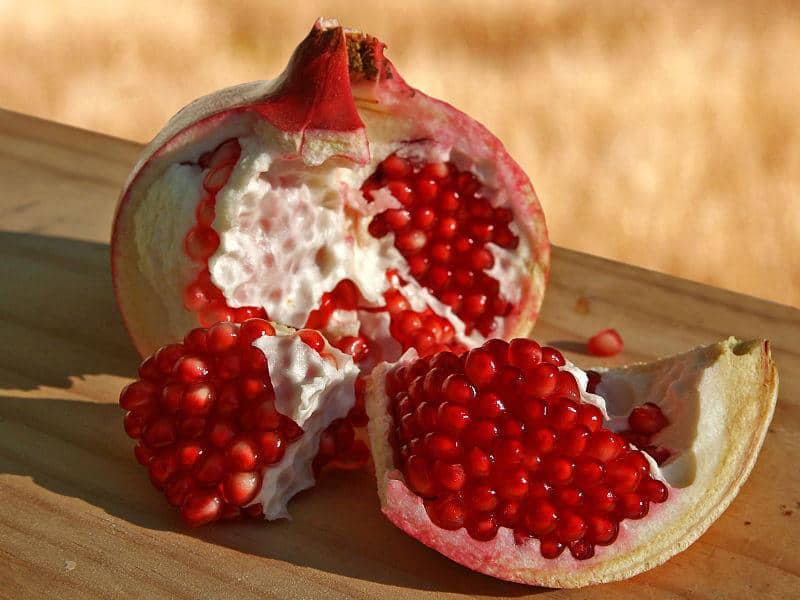
NOW… Back home there are a few strangely named vegetables hitting the shelves. But over here, with the influence of Indian and African cuisine, we are now exposed to a few weird — but tasty — fruits and vegetables. This week I’m lifting the lid on the mystery of these exotic fruits and vegetables.
One thing we all know is that we don’t live in the most tropical of places. So for many Indians and Africans living in the UK, importing their native fruits and vegetables has been a lifeline. Without these essential ingredients we wouldn’t have the tasty curries and spicy sauces they are known for.
The exchange of unique Indian and African ingredients has been a win-win for the food industry in the UK. We chefs now have a wide range of fruits and vegetables to choose from — and we don’t even have to travel out of London to experience these ingredients at their best. Go down to the Brixton markets or Southall to sample this distinctive cuisine at one of the many international restaurants that line the streets. Or wander through the markets and pick yourself up some exotic ingredients to recreate inspired recipes at home with your mates.
Here is a small list of ingredients to get you started. Some of these may be familiar, but my aim is to increase awareness about these different foods so your repertoire at home grows each week.
I’ve got a few pointers for you on what to do with each ingredient. Here we go!
Okra — great addition to curries and stews. Will help to thicken your curries. Wash, top and tail, and chop into small chucks.
Plantain — related to the banana family. Used mainly in West African recipes. Fry them the traditional way on a hot grill or lightly oiled pan.
Tamarind — tart/sour fruit used to add fresh sweet and sour taste to curries. Can be purchased as a paste. Add a tsp to your curry.
Salsify — also known as the oyster plant because of its oyster-like taste when cooked. Wash, peel and boil in salted water. Butter and serve.
Damsons — related to the plum. Tasty eaten as they come or slow cook a few into a rich jam. Good for tart fillings or make damson cheese to serve with your favourite cheddar.
Samphire — one of my favourite English ingredients. Sometimes called sea asparagus. Harvested on the sandy shores of the coastline it has a crisp, salty flavour. Throw a couple of handfuls into your fresh salads with prawns.
Sloes — related to the prune family. Found growing the hedgerows. Perfect for making jams, tarts and the one and only Sloes Gin.
Dandelions — considered a nuisance by many, but to those in the know, dandelions a welcome in early spring for tasty green soups.
Fenugreek Leaf — both a herb and a spice if using the seeds. Used in both African and Asian curies. Recommended to me by an Indian chef in Singapore as good for heart conditions.
Black Cardamom — a spice used for its smoky characteristics. Used in Asian curries very similar to the way western cooking uses smoked bacon to flavour soups and stews.
Pomegranate — stunning fruit with sweet and sour flavours. Great addition to Tagines or scattered on crisp salad leaves.
Mace — bought either ground or as blades as we call then in the kitchen. A subtle nutmeg flavour for soups, chicken and fish.
Cassava — “yucca” or “mogo” as it’s called in South America. Boiled and used as a substitute for potatoes.
I hope this list of ingredients kicks off a passion for searching and cooking some different meals for you and your mates.












